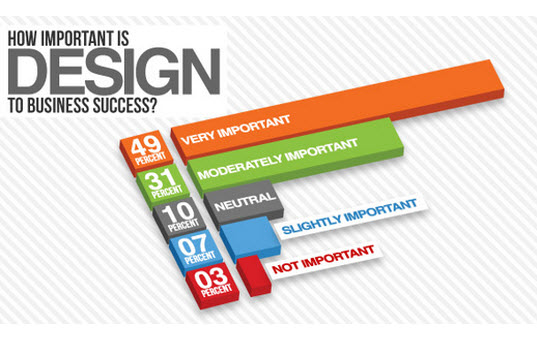Site Style: A Trip Via Time.From Humble Starts To Modern Wonders, Site Style Has Actually Undergone A Considerable Transformation Over The Years
Site Style: A Trip Via Time.From Humble Starts To Modern Wonders, Site Style Has Actually Undergone A Considerable Transformation Over The Years
Blog Article
Post Written By- https://urbanmatter.com/4-effective-digital-marketing-strategies-for-small-businesses/
In the past, internet sites were basic and focused on info. Navigating was direct, and layout was for desktops. Now, customer experience is vital. new web design guides designs for easy navigating. Receptive layouts fit various gadgets. Today, dark setting reduces stress, and minimal menus improve navigation. Interactive features engage individuals, and vibrant visuals stick out. AI assimilation boosts involvement. See just how design has developed to boost your online journey.
Early Days of Web Design
In the early days of web design, simplicity reigned supreme. Internet sites were standard, with restricted colors, fonts, and formats. The focus got on giving information rather than fancy visuals. Customers accessed the internet with slow-moving dial-up connections, so speed and performance were crucial.
Navigating food selections were straightforward, typically located on top or side of the page. Internet sites were developed for desktop, as mobile surfing had not been yet common. Web content was king, and developers prioritized easy readability over complicated layout components.
HTML was the key coding language used, and designers had to function within its restraints. Animations and interactive functions were marginal contrasted to today's requirements. Internet sites were static, with little dynamic material or personalized user experiences.
Rise of User-Focused Style
With the advancement of site style, a change towards user-focused layout concepts has actually ended up being increasingly prominent. Today, developing internet sites that prioritize customer experience is essential for involving site visitors and achieving company objectives. User-focused design includes recognizing the demands, choices, and actions of your target market to tailor the website's layout, material, and features accordingly.
Designers now perform extensive research, such as user studies and use testing, to collect insights and responses directly from users. This data-driven approach aids in creating user-friendly navigation, clear calls-to-action, and aesthetically attractive user interfaces that resonate with site visitors. By placing the individual at the center of the style procedure, websites can provide a more personalized and satisfying experience.
Receptive layout has actually likewise emerged as a vital aspect of user-focused design, guaranteeing that internet sites are optimized for different devices and screen dimensions. This adaptability improves availability and use, catering to the diverse methods users interact with internet sites today. Basically, the surge of user-focused style signifies a shift towards producing digital experiences that prioritize the demands and expectations of completion user.
Modern Trends in Website Design
Explore the current patterns forming web design today. One famous pattern is dark mode layout, using a sleek and modern-day look while lowering eye pressure in low-light atmospheres. One more vital fad is minimal navigating, simplifying menus and boosting customer experience by focusing on essential elements. Including micro-interactions, such as animated buttons or scrolling effects, can develop a much more interesting and interactive website. Responsive style continues to be important, making sure seamless customer experiences throughout different tools. Additionally, making use of strong typography and asymmetrical layouts can add visual interest and accentuate details web content.
Integrating AI modern technology, like chatbots for client support or tailored suggestions, improves user interaction and enhances procedures. Ease of access has also come to be a significant fad, with designers focusing on comprehensive design techniques to satisfy diverse user demands. Embracing sustainability by enhancing web site efficiency for speed and performance is another arising fad in website design. Working together with customer responses and data analytics to repeat and enhance style continually is important for remaining pertinent in the ever-evolving digital landscape. By embracing these contemporary patterns, you can produce a visually appealing, user-friendly web site that resonates with your audience.
over at this website
As you review the development of web site layout from the early days to now, you can see exactly how user-focused style has ended up being the driving pressure behind modern-day trends.
Welcome the journey of adjustment and adaptation in website design, constantly keeping the customer experience at the center.
Remain existing with the latest trends and innovations, and never stop progressing your strategy to develop visually spectacular and user-friendly web sites.
Progress, adjust, and develop - the future of website design is in your hands.
